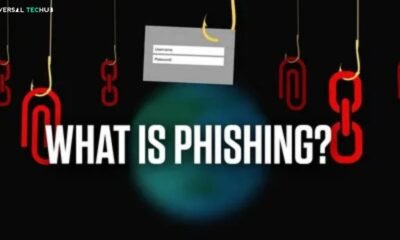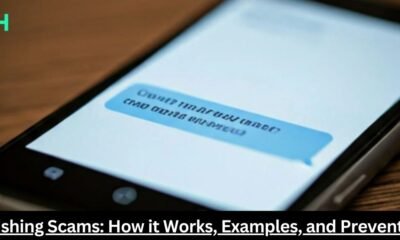Smishing attack
How to Respond to Smishing

Smishing is a type of phishing attack that uses fake text messages to trick you into revealing sensitive information. Here’s how to respond to a suspected smishing attempt:
1. Don’t Respond:
- Never reply to the message: Even if it instructs you to reply “STOP” to unsubscribe. This confirms your number is active to scammers.
- Do not engage in conversation: Avoid any interaction, as scammers may try to manipulate you further.
2. Don’t Click Links:
- Avoid clicking on any links within the message: These phishing links can download malware to your phone or redirect you to phishing websites designed to steal your information.
3. Verify the Sender:
- Check the sender’s phone number or name: Is it unfamiliar, misspelled, or from an unexpected source?
- Be wary of unexpected messages: If you receive a suspicious message from an unexpected sender, especially if it requests personal information, be highly suspicious.
4. Report the Smishing Attempt:
- Mark the message as spam within your messaging app.
- Report the number to your mobile carrier.
- Report the message to the Federal Trade Commission (FTC) at ReportFraud.ftc.gov
5. Block the Sender:
- Block the sender’s phone number in your phone’s settings to prevent future messages.
6. Monitor Your Accounts:
- Regularly review your bank and credit card statements for any unauthorized transactions.
- Monitor your online accounts for any suspicious activity.
7. Use Security Tools:
- Enable two-factor authentication (2FA) on all your online accounts for added security.
- Keep your phone’s operating system and apps updated: Updates often include security patches that can help protect against smishing attacks.
Remember: If you suspect you’ve fallen victim to a smishing scam, contact your bank or relevant authorities immediately.
Read More
What is Smishing in Cyber security?
Why are Smishing Attacks Particularly Effective?
USPS Warns of Smishing Scams During the Holidays
Scammers Target Toll Road Drivers with Smishing Scam Via Text Messages
-

 Phishing attack8 months ago
Phishing attack8 months agoWhat is Spear Phishing and How You Can Identify This Scam?
-

 Social engineering attack9 months ago
Social engineering attack9 months agoBaiting Attacks Explained: A Closer Look at Cyber Threat Tactics
-

 Social engineering attack7 months ago
Social engineering attack7 months agoWhat are Social Engineering Attacks – A Complete Guide to Cyberattacks Prevention
-

 Social engineering attack9 months ago
Social engineering attack9 months agoSpear Phishing Attack: A Targeted Cyber Threat
-

 Social engineering attack9 months ago
Social engineering attack9 months agoWhat is spear phishing attack? A detailed guide
-

 Social engineering attack9 months ago
Social engineering attack9 months agoWhat is spear phishing in cyber security?
-

 Phishing attack7 months ago
Phishing attack7 months agoWhat Are Phishing Emails? A guide for you
-

 Phishing attack3 months ago
Phishing attack3 months agoWhy is Phishing Still a Major Cyber Threat? Everything You Need to Know
























